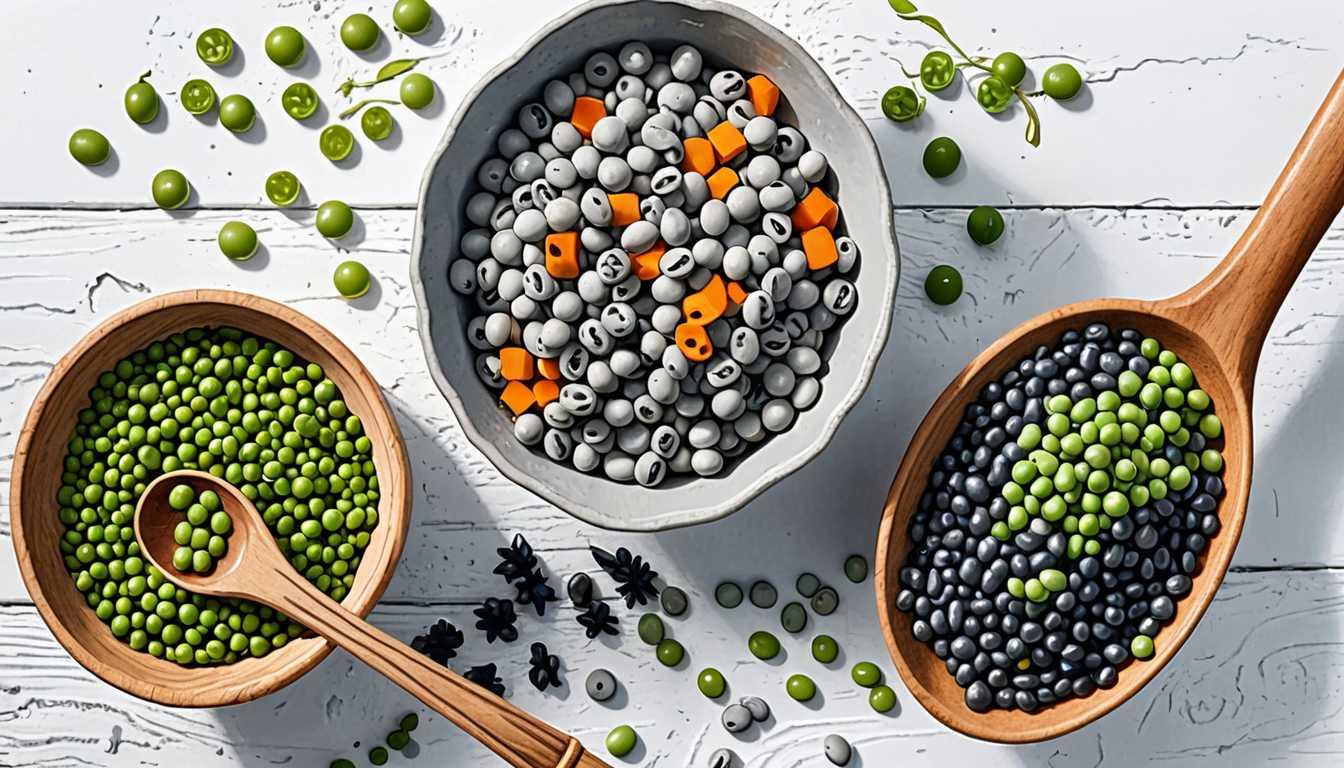Beneath the Surface: Fish, Food, and Families
July 2024
Cornell News Highlights
Introduction
Dive into the fascinating world of fish biodiversity and its surprising impact on nutrition! A recent study from Cornell reveals that households near Cambodia's Tonlé Sap lake eat a smorgasbord of fish far richer than what they sell at markets. While people tend to sell larger, less nutritious fish for profit, their home-cooked meals showcase a colorful variety of species, especially for those with lower incomes. Want to learn how this delicious dilemma affects food and health? Check out the full scoop in Cornell News Highlights!
READ FULL ARTICLEWhy It Matters
Discover how this topic shapes your world and future
Navigating the Nutritional Waters of Biodiversity
Understanding the relationship between biodiversity and nutrition is crucial, especially when we consider how it affects people globally. The recent study from Cornell highlights the importance of diverse fish species in maintaining nutritional health, particularly for those in poorer communities. While many households focus on selling larger, more profitable fish, they actually consume a variety of species that provide better nutrition. This is significant because as global biodiversity declines due to human activities like pollution and climate change, the potential impact on nutrition becomes critical. It emphasizes the need for sustainable practices that protect ecosystems like the Tonlé Sap lake, which not only provide food but also serve as a lifeline for communities relying on these resources. By understanding these dynamics, you can appreciate the importance of biodiversity not just in nature, but in your own diet and health.
Speak like a Scholar
Biodiversity
The variety of different types of living organisms in a particular area, important for ecosystem health and stability.
Ecosystem
A community of living organisms, like plants, animals, and fish, interacting with their environment.
Nutritional
Related to the substances in food that help our bodies grow and stay healthy.
Sustainability
The ability to maintain healthy ecosystems and resources for future generations without causing harm.
Species
A group of living organisms that can breed and produce fertile offspring.
Habitat
The natural home or environment of a living organism, which provides the necessary conditions for survival.
Independent Research Ideas
The Role of Small Fish in Nutritional Health
Explore how smaller fish contribute to nutrition compared to larger species, and why they might be underappreciated in commercial markets. This research could uncover new insights into dietary recommendations.
Impact of Climate Change on Freshwater Ecosystems
Investigate how changes in climate are affecting biodiversity in freshwater systems like the Tonlé Sap lake, and what that means for local communities.
Sustainable Fishing Practices
Study innovative fishing methods that maintain biodiversity while supporting local economies. This could lead to practical strategies for communities facing resource challenges.
Cultural Dietary Habits and Biodiversity
Examine how different cultures utilize local biodiversity in their diets and the implications for nutrition, particularly in low-income areas.
Biodiversity Loss and Food Security
Analyze the connection between declining biodiversity and food security in vulnerable populations, potentially revealing crucial links that can inform policy decisions.
Related Articles

Reviving Africa’s Ancient Crops for a Hungry Future
October 2024
MIT Technology Review

Small Fish, Big Benefits for Health!
January 2025
Cornell News Highlights

Lockdown Greens and Game: NY's Shift
October 2023
Cornell University

Future Bites: Sustainable Meat Alternatives
December 2023
Cornell University

Blue Foods: Our Planet's Unsung Heroes
February 2023
Stanford University